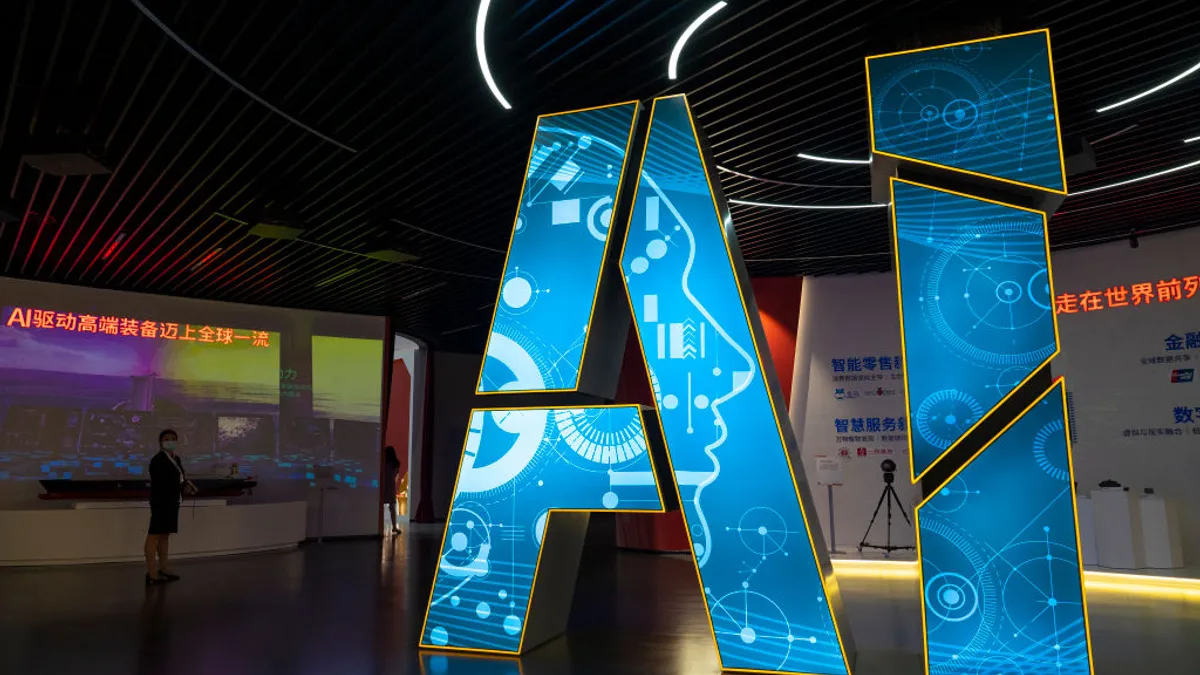When job seekers are plentiful, searching through resumes for the best of the best is the hardest part of hiring. But today, faced with a high demand to fill jobs, recruiters are realizing they need to "screen in" rather than screen out.
The new paradigm challenges employers to determine the "must-have" versus "nice to have" qualifications. What degrees are absolutely necessary and why? How many years' experience is really needed to perform the job? How might an applicant's work history communicate their potential for success?
According to CareerBuilder data from 2017, 68% of HR managers who had increased their number of full-time positions couldn't find qualified talent to fill those openings at that time, and almost 60% reported openings remaining for 12 weeks or longer. "To make sure they are finding the best possible talent," Michelle Armer, chief people officer of CareerBuilder, told HR Dive in an email, "recruiters are no longer searching for the reasons an applicant would not fit the position or company, but rather they are considering a candidate's current skill sets and the likely potential for them to enhance their proficiencies."
With unemployment at an almost 50-year low, companies with vacancies are lowering their expectations to hire, Mark Masterson, vice president of talent acquisition and delivery at Yoh, told HR Dive. Essentially, employers are opting away from skill testing and skill requirements and instead are seeking employees that have good base behaviors and attitudes that can then be trained up.
Recalibrating need and getting organized
But how does an employer do that?
Recruiters should look for candidates that show a promising growth trajectory, Armer said. This market doesn't allow for dismissing candidates who aren't 100% qualified, particularly when training and development is a top priority for businesses. Learning potential — and the willingness to gain more skills — goes a long way.
"Aptitude, willingness to learn and parallel skill sets similar to the required skills are now sizzle points for recruiters to include what used to be considered outlier or marginal candidates," Masterson said in an email.
The challenge is focusing on candidate experience and time to hire while prioritizing enterprise needs. The old "we're keeping your resume on file for future openings" excuse is now reality. But filing resumes away into a dusty drawer (or overstuffed email box) isn't the answer, especially in this market. While many recruiters try to manage the process manually, others are looking at tech to create an applicant pool. The key is having a platform where all of the data can work together, Armer said.
"Tools that mine your ATS can often identify otherwise buried candidates," Masterson said. "This tech keeps the talent community relevant, ready and fresh for all job opportunities that come in, as well as offering a larger candidate population due to improved taxonomy and AI." Finding such candidates in the rough is much more lucrative than trying to develop new candidates with every job posting, he added.
Nothing can replace good, old-school recruiting processes and candidate development, yet technology has really become an enabler and a powerful tool for today's recruiter, Masterson said; "Technology will not replace recruiters, but it will help compress their process timelines, increase their top of the funnel talent pools, and more effectively engage their pipeline and keep it fresh, informed and ready to be considered."
Staying on top of available (and unavailable) talent
While some companies may be hesitant to connect with an applicant who was previously rejected, the tight labor market has made it a must-do. Every avenue must be pursued to achieve hiring goals. Even those candidates seemingly lost to other employers may be worth sending a follow-up email; some studies suggest more than one-quarter of new hires resign within the first 90 days. A Jobvite study from 2018 noted that 82% of workers are continuously looking for a new job. A recruiter could sway someone to return if the new job ends up being a bad fit.
"Companies are hiring past employees who left on good terms, as past employees will understand the company culture before joining the team," Armer said.
In years past, the second and third choices for an opening would have been politely informed that the company went in another direction. A "screening in" model looks to stay connected with those candidates and place them in another opening, either today or tomorrow. Even those who weren't interviewed for one position could be called in to interview for another, if they have any potential.
How can relationship-building help?
Talent teams are growing out of their traditional, reactive role of filling existing vacancies, Nada Chaker, content lead at Beamery, told HR Dive in an email. Instead, they're reaching out to candidates, building a pipeline and starting relationships, all before there is a specific opening for each candidate.
"Since there is no specific role to screen them out of," she said, "naturally, the process is to vet candidates for cultural and general skills fit, and nurture them until the right role for them comes up."
As recruiters become more flexible, hiring managers will need to follow. Ultimately, Masterson said, broadened candidate pools will attract new hires who bring a lot of benefits to employers and help diversify their staff. Though hiring managers may be hesitant to embrace this view, recruiters should not hesitate to engage candidates with similar but not exact skill sets to those required by a position description, Masterson noted. "The adoption of this as a new norm is going to take some time," he said.
The change, however, could bring a touch of fresh air to talent strategies that may be struggling to catch their breath.




















